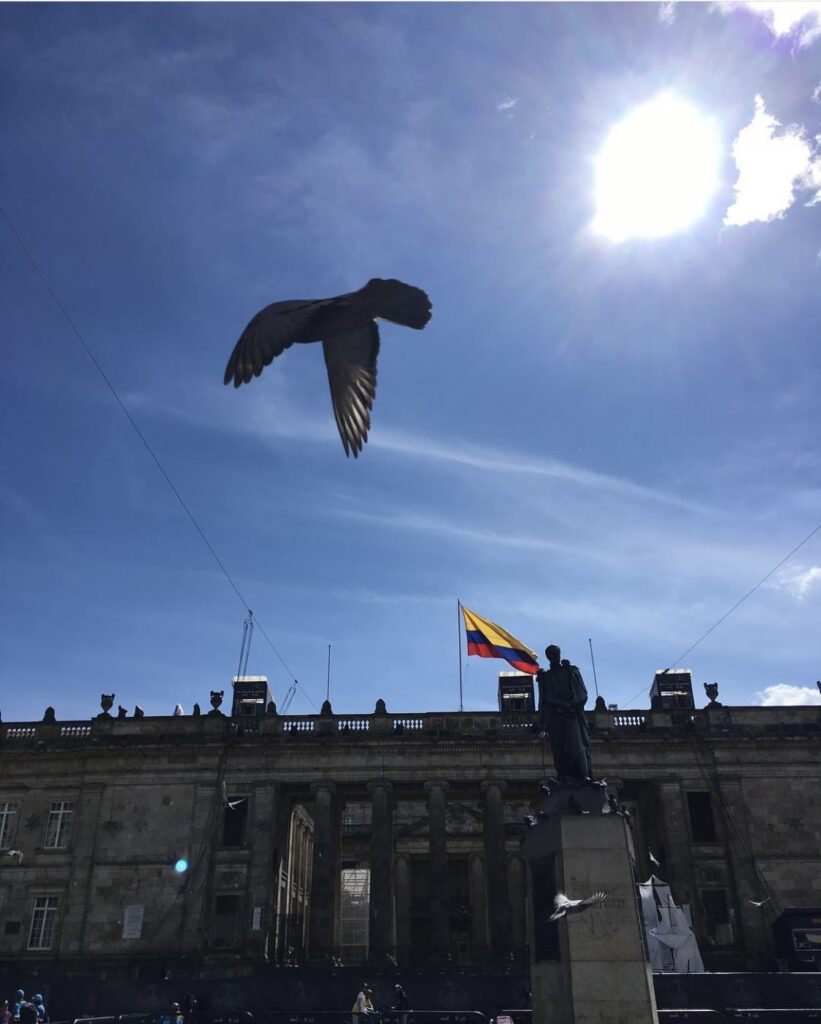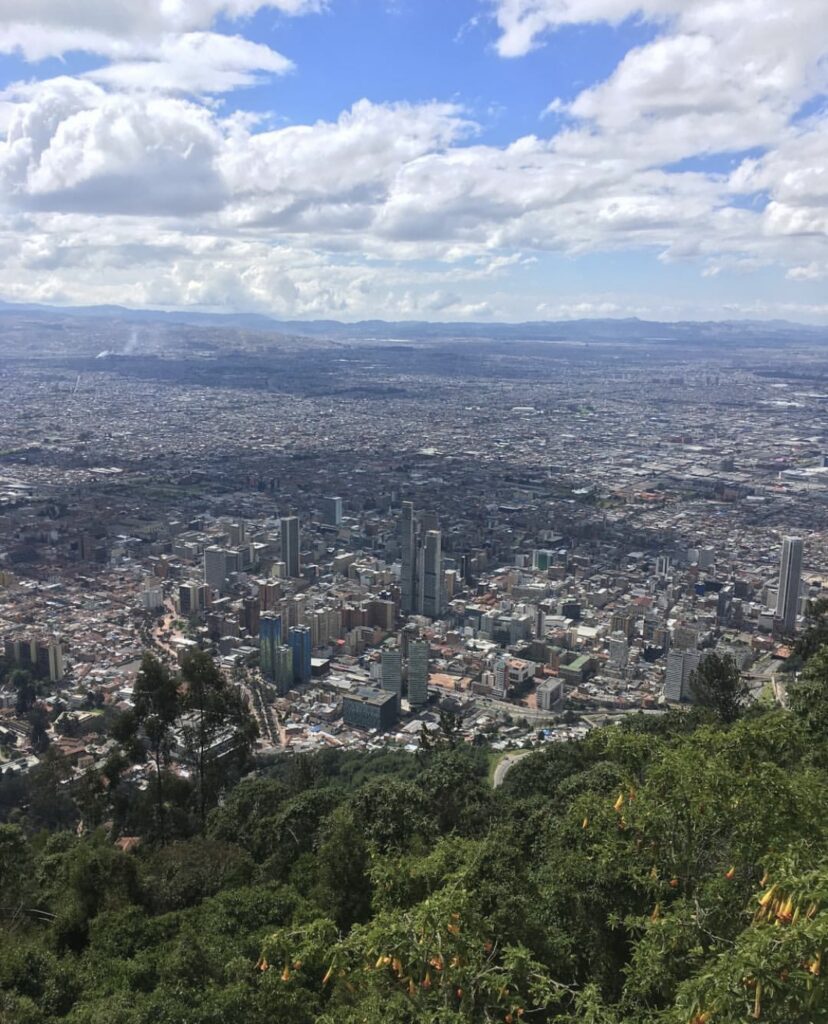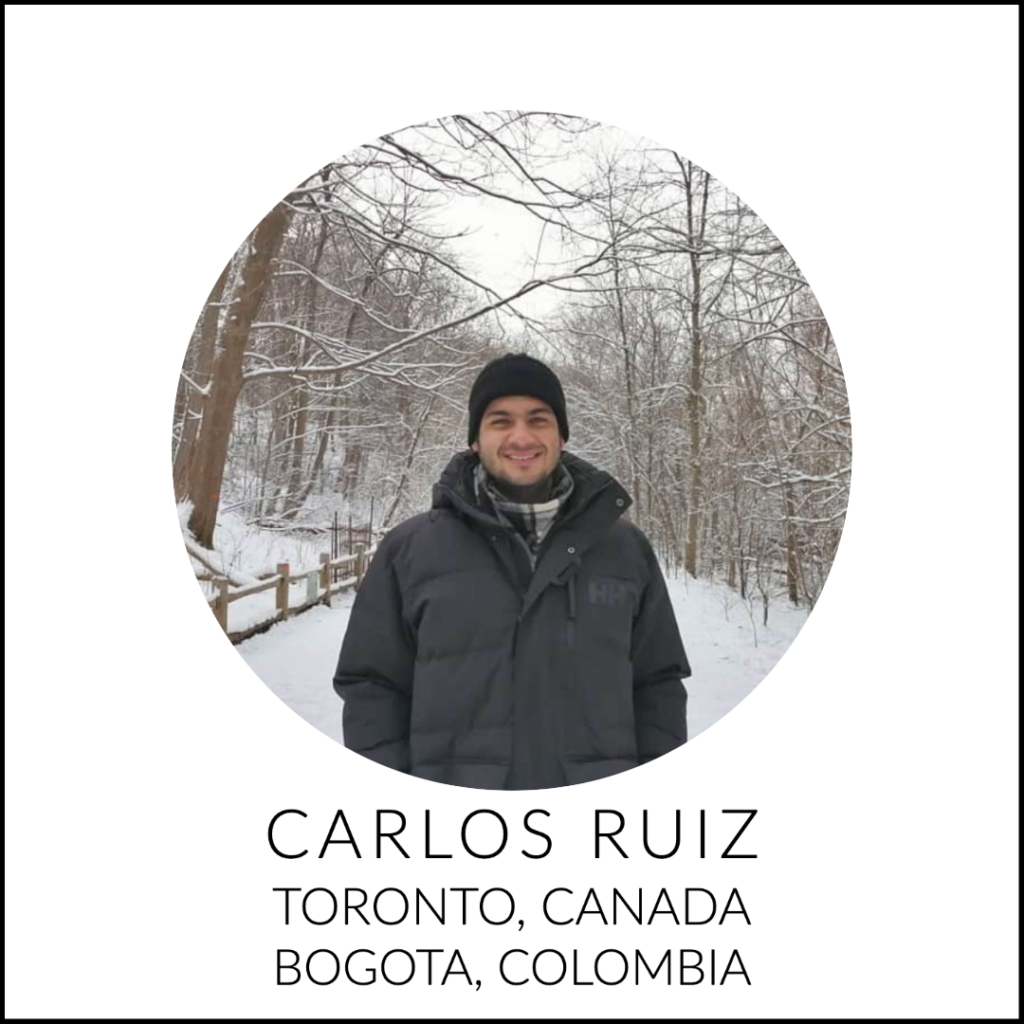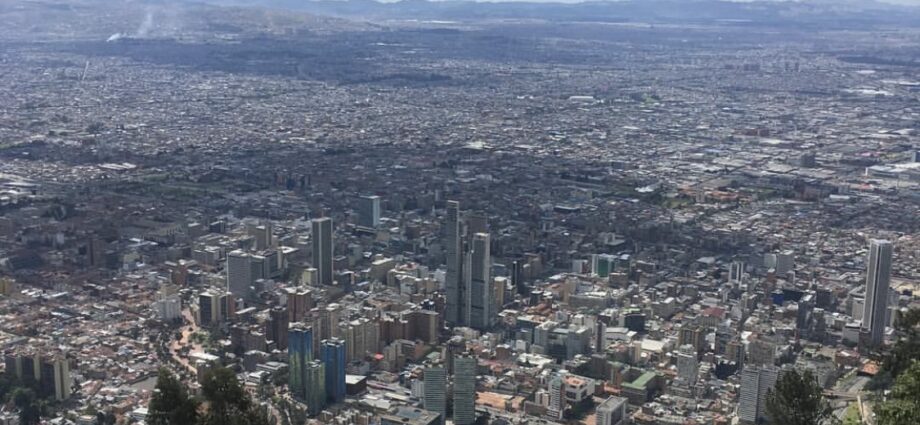And can it fix traffic?
By Carlos Ruiz
Most cities around the world struggle to keep traffic at a good level. Municipal leaders spend a lot of time and resources trying to come up with solutions to the never-ending problem of traffic congestion and for many mayors, it seems like fixing traffic is their only objective, and for that matter, the only measurement of success or failure. Billions are spent on different traffic control measures, such as expanding roads and highways, building public transit or implementing tolls to discourage the use of personal vehicles, but it seems like the issue of traffic congestion never goes away.
Even though there is no magical formula that will fix traffic forever, other than not using cars and relying on walking and public transit, some measures are more effective than others. That’s why I would like to talk about “Pico y Placa”, a traffic reduction policy first set in place in Bogotá, Colombia in 1998.
‘Pico y Placa‘ literally translates into ‘Peak and Plate’ in English, referring to peak hour and license plate. It was first implemented during the administration of Bogotá mayor Enrique Penalosa (brother of Toronto mayoral candidate Gil Penalosa) in 1998. Initially, it was implemented only during rush hours in the morning and afternoon, but with time it became an all-day restriction.

This is how it works:
Some vehicles are not allowed to enter a pre-established area on certain days of the week depending on the last digit of their license plate. Usually, the pre-established area encompasses the whole metropolitan area of a city, but it can also be only a high-density area within a city. Five numbers are restricted every day from Monday to Friday on a rotating basis, which means that every week one group of vehicles is not allowed to be on the road for three days. For example, this week’s Pico y Placa in Bogotá is as follows:
Monday: 0, 2, 4, 6, 8
Tuesday: 1, 3, 5, 7, 9
Wednesday: 0, 2, 4, 6, 8
Thursday: 1, 3, 5, 7, 9
Friday: 0, 2, 4, 6, 8
If the last number of your license plate is 6, then you can only use your car on Tuesday and Thursday this week. If the last number of your license plate is 7, then you can use your vehicle on Monday, Wednesday and Friday. These numbers rotate every week in order to make it fairer.
Taxis and special transportation vehicles such as vans or mini buses are also subject to Pico y Placa but only two numbers apply. Motorcycles and public transit vehicles are exempt. For private vehicles, this restriction is in place from 6 am to 9 pm and if you fail to comply and use your vehicle when you’re not supposed to, you can face a fine of $468,500 Colombian Pesos ($102.47 USD) and your vehicle will be towed. The enforcement of Pico y Placa is usually very strict with random checkpoints set around the city and this scheme has become ingrained in the mobility and daily lives of Colombians.

But, does it work?
Well, if the goal is to reduce traffic congestion, and therefore reduce CO2 emissions, then, logically, yes it works. By having half of all private vehicles and 20% of taxis off the road at any given day, obviously, traffic congestion and CO2 emissions will be at a better level than if Pico y Placa didn’t exist.
However, there is still a lot of congestion and bad air quality in Bogotá and other Colombian cities like Medellin and Bucaramanga, where Pico y Placa is also in effect. Why? Because, as University of California environmental engineer Eduardo Behrentz pointed out in an interview with El Espectador newspaper, “Pico y Placa only deals with the symptom, not the cause, because it doesn’t tackle the issue of infrastructure, road culture and lack of coordination of red lights”.
Also, recently a new scheme was implemented in Bogotá, in which citizens have the option to buy a daily, weekly or monthly pass that will make their vehicle exempt from Pico y Placa, creating some inequality between motorists who can afford the pass and those who can’t. However, it is important to point out that, according to the Bogotá Mobility Secretariat, the funds collected from this program will be destined to investments and improvements of public transit infrastructure.

In a city with more than two and a half million registered vehicles, plus the thousands of private and commercial vehicles that enter the city every day since Bogotá is the political and economic capital of Colombia, one single policy won’t fix traffic. However, if implemented alongside other measures such as making public transit more efficient and safe and promoting alternative transportation methods, Pico y Placa can prove very effective at making traffic bearable and reducing greenhouse emissions and that’s why many cities in Colombia, Ecuador and Perú have adopted this policy.

Carlos is an avid walker and cycling enthusiast based in Toronto, Canada. With a background in Political Science and teaching, he believes walkable cities play a vital role in the development of local economies, the environment and public health as well as contributing to the strengthening of democratic values. Carlos is a strong advocate of changing the car-centric culture of North America and strongly believes in education as the most important tool for positive change.
Read Toronto & Bogotá Correspondent Carlos’ content here
Learn more about the Global Walkability Correspondents Network here
SOURCES:
https://www.elespectador.com/bogota/pico-y-placa-en-bogota-seguimos-en-las-mismas/?outputType=amp
https://picoyplacasolidario.movilidadbogota.gov.co/PortalCiudadano/#/

